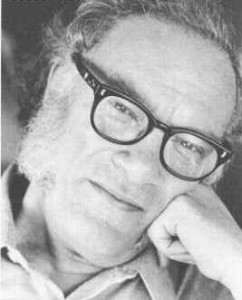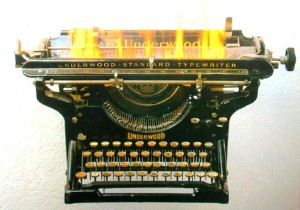I’m actually encouraged about the publishing business. I don’t know how the publishing industry, as it now exists, is going to do; my guess is that it will still be here when the dust settles and the smoke clears, though it’s probably going to be a somewhat leaner. But the publishing business will still be here, and still be strong: it will be because of the authors who are now writing books aimed at children and young adults.
Reading is something you learn to love when you are young. Either your parents read to you or you encounter a teacher who opens up the library to you but you get that jones while you are young. I have yet to meet anyone who turned 30 and suddenly decided that they had to start reading for pleasure. My mom read Rudy Kazootie books to me and my dad brought home a set of the hardbound “All About” books and that was that. I started reading comic books — I got a Dick Tracy comic when I was four, somehow — and that’s all she wrote. I saw a serial adaptation of a Hardy Boys’ book — THE TOWER TREASURE — on The Mickey Mouse Club and then discovered that there were twenty-odd books (at that point, which was 1959) in the series and read all of those, and went on to read Tom Swift, Rick Brant, and Tim Holt. In one summer. What next?
Well, a year or so later I discovered Shell Scott paperbacks but what really got me rolling were books by established authors of adult fiction who also wrote for the children and Young Adult markets. We’re talking Andre Norton, Robert Heinlein, Isaac Asimov, and the like. There weren’t many, not like there are now, but there were some. I read them and then ventured into their adult work. I haven’t stopped reading for pleasure since. But it all started with children’s books and the Young Adult market, such as it was, way back when.
We can talk about changes in publishing and e-books and physical books all that we like but if we don’t have readers then writers will be relegated to the status of the appendix. And we won’t have readers unless we grow them early. Those authors who labor in the grammar mine of the Children and Young Adult markets, regardless of genre, are the most important link in the chain of which we are a part. I am not smart enough to understand the markets, but I know enough about it to understand that there are books that will interest anyone with who is fourteen and who has a pulse. Take them to a bookstore or put them on an online book site or yes, a library, and set them loose.
Just for curiosity’s sake: how old were you when you started reading? What was the book? And how did it influence your ultimate love of literature?


